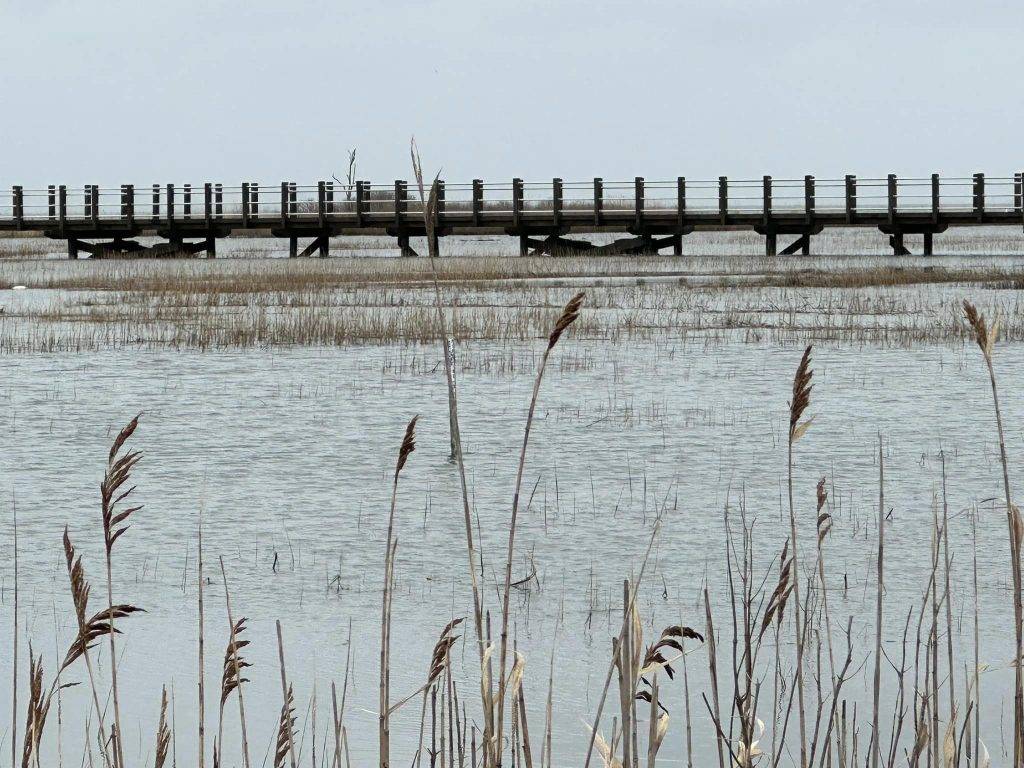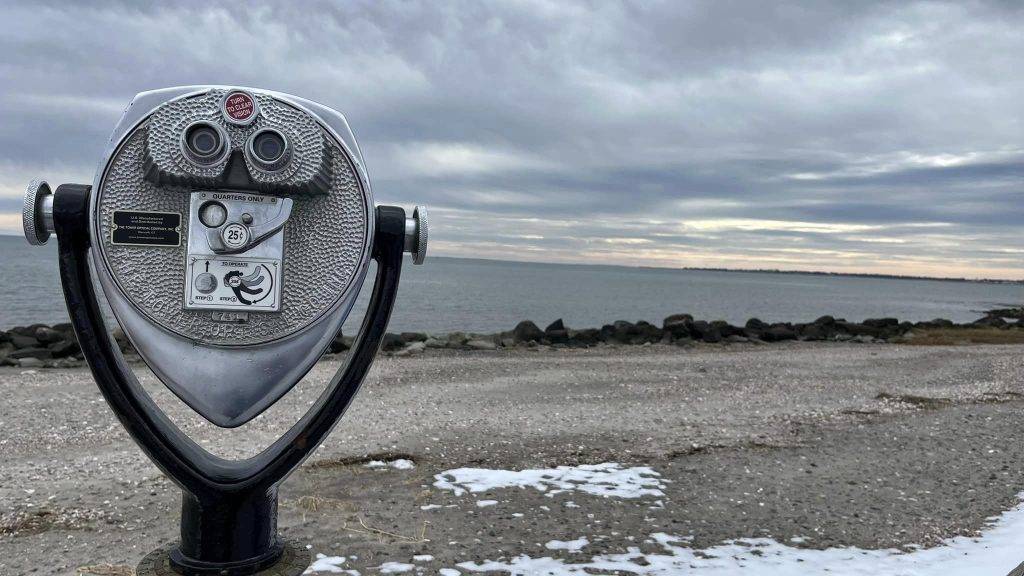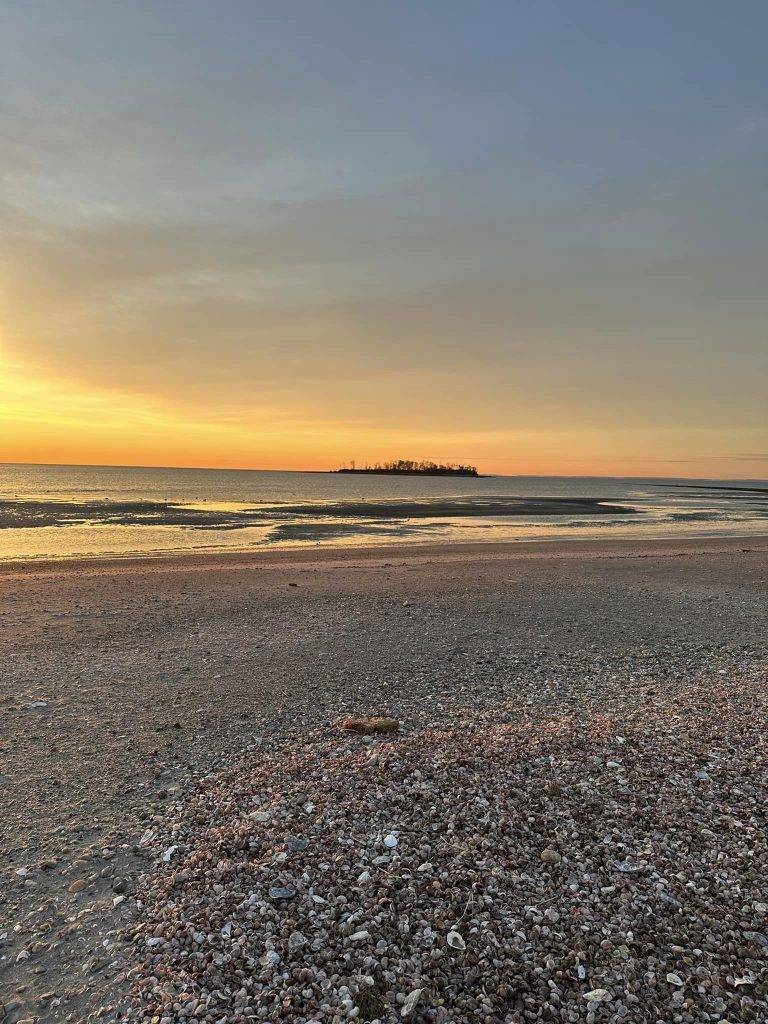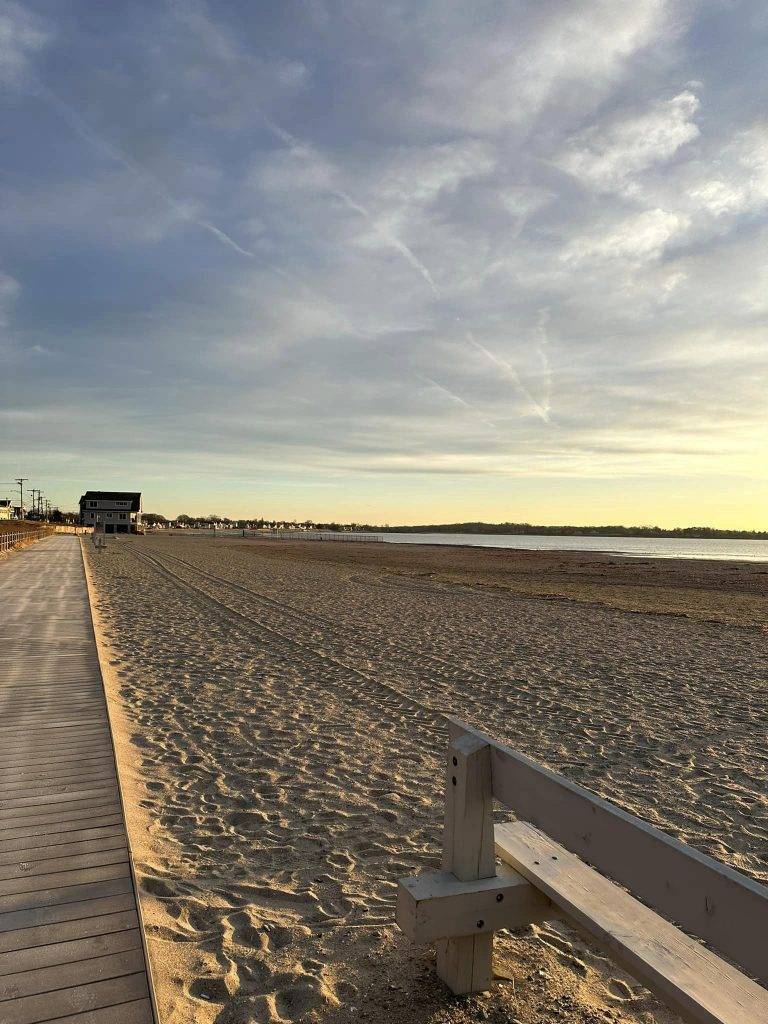Guide about Silver Sands State Park
Discover the Beauty and Richness of Silver Sands State Park: A Haven for Recreation, Ecology, and Culture.
Welcome to Silver Sands State Park
Nestled in Milford, Connecticut, Silver Sands State Park is a breathtaking 297-acre coastal oasis that offers visitors an escape from the hustle and bustle of city life. With its stunning beaches, restored salt marshland, fishing areas, and wildlife refuge, the park provides a haven for both humans and animals alike. Home to over 200 species of birds, including raptors, shorebirds, and terns, Silver Sands is an important nesting and foraging area, as well as a crucial stopover habitat for landbirds during migration. The park’s unique features, such as the sandbar leading to Charles Island and the Walnut Public Beach, make it a popular destination for outdoor enthusiasts and nature lovers. Let’s dive in and explore the beauty and diversity of Silver Sands State Park.
Hours
Dawn to Dusk
Open year round
Fees
Non-Resident entrance fee $22 weekend/Holiday, $15 weekdays.
Location
1 Silver Sands Pkwy, Milford, CT 06460
Contact Info
(203) 735-4311
Plan Your Visit
Park Features and Activities

Silver Sands State Park in Milford, Connecticut is a 297-acre natural haven that features a combination of beach, salt marshland, fishing area, and wildlife refuge. The park boasts breathtaking views of the Long Island Sound, Charles Island, and the surrounding wildlife. Here are some of the park features and activities that visitors can enjoy:
Beach:
The Silver Sands beach is about three-quarters of a mile long and is a popular destination for swimming, sunbathing, and beachcombing. The sandy beach is well-maintained, and visitors can enjoy the stunning views of the Long Island Sound while relaxing in the sun.
Boardwalk:
The park’s 200-foot boardwalk leads visitors across the marsh and Fletchers Creek out to the beach. The boardwalk continues along the entire coast, providing visitors with stunning views of the surrounding landscape.
Trails:
Silver Sands State Park boasts about 2 miles of walking trails that are perfect for hiking, jogging, or taking a leisurely stroll. The hiking trails offer visitors the opportunity to explore the park’s woodlands and grasslands, and spot some of the park’s diverse wildlife.
Picnic areas:
The park’s picnic areas offer visitors a place to relax and enjoy a meal with family and friends. The picnic tables are located near the parking area, and visitors can bring their own food or purchase snacks from the park’s concession stand.
Activities:
Silver Sands State Park offers a range of activities that cater to all visitors. The park is a popular destination for birdwatching, with over 200 species of birds having been spotted in the park. Visitors can also enjoy fishing, kayaking, and paddleboarding in the Long Island Sound.
Conclusion:
Silver Sands State Park in Milford, Connecticut, offers visitors a unique opportunity to escape the hustle and bustle of city life and immerse themselves in nature. Whether you are looking to enjoy a day at the beach, hike the park’s scenic trails, or spot some of the park’s diverse wildlife, Silver Sands State Park has something for everyone.
Ecology and Conservation

Silver Sands State Park is not just a popular recreational area; it is also an ecologically significant site with unique habitats that support a diversity of bird species. Here’s a closer look at the park’s ecological significance, the threats it faces, and the efforts to conserve and restore its habitats.
Importance as a Bird Habitat
Silver Sands State Park is one of the most important bird habitats in Connecticut. It provides nesting areas for a variety of bird species, including wading birds, migrant shorebirds, Least and Common Terns, and landbirds. The park is also a critical stopover habitat for many landbird species. Charles Island, which is connected to the park by a sandbar, is one of the three largest wading bird rookeries in the state.
Threats to the Park
Despite its ecological importance, Silver Sands State Park is under threat from a variety of human activities and natural factors. These include disturbance to birds and habitat, hydrologic changes caused by rising sea levels, and the introduction of invasive species. Cowbird parasitism, predators, pollution, and habitat conversion (succession) also pose potential threats to the park’s habitats and the birds that rely on them.
Conservation and Restoration Efforts
To address these threats and ensure the park’s ecological health, various conservation and restoration efforts have been undertaken in recent years. The state of Connecticut has conducted salt marsh and dune restoration projects to enhance the park’s habitats and reduce the impacts of sea level rise. The park also hosts educational programs and birdwatching tours to promote conservation awareness among visitors.
Conclusion
Silver Sands State Park is more than just a recreational area; it is an ecological treasure that provides vital habitat for a diversity of bird species. Despite the threats it faces, the park is also the focus of important conservation and restoration efforts aimed at preserving its unique habitats and the birds that depend on them. By supporting these efforts, visitors to the park can help ensure that it remains a haven for birds and a valuable ecological resource for generations to come.
History and Cultural Significance

Silver Sands State Park has a fascinating history that dates back to the early 20th century. Originally, the land was used as a landfill for construction debris and household trash. It was not until the 1960s that the State of Connecticut acquired the land and began to transform it into a park.
In August of 1955, Hurricane Diane struck the Connecticut coast, causing significant damage to the park and surrounding area. In the aftermath, the state acquired additional land and began restoration efforts.
One of the most interesting cultural features of the park is Charles Island. According to legend, infamous pirate Captain Kidd buried his treasure on the island in the late 17th century. While there is no evidence that this is true, it has certainly added to the island’s allure over the years. Charles Island was also the site of a monastery in the mid-1800s, and ruins from that era can still be seen on the island today.
Today, the park is a beloved destination for residents and visitors alike, and it remains an important cultural landmark in the area. Visitors can explore the island, walk along the beach, and learn more about the park’s history at the on-site museum.
Preserving Silver Sands: Our Shared Responsibility

Silver Sands State Park is a unique and valuable resource for the state of Connecticut. Its combination of natural beauty, recreational opportunities, and ecological significance make it an ideal destination for visitors of all ages. From the sandy beach and boardwalk to the wooded trails and salt marsh, the park offers a variety of activities for everyone.
However, it is important for visitors to remember that with great beauty comes great responsibility. The park’s habitats and wildlife are fragile and easily disturbed, and it is essential that visitors follow all park rules and regulations to ensure their protection. This includes respecting the nesting and foraging areas of birds, disposing of trash properly, and not disturbing the dune areas.
As we continue to enjoy and appreciate the many wonders of Silver Sands State Park, let us also commit to being good stewards of this precious resource. By working together to protect and preserve the park’s unique ecosystems, we can help ensure that future generations can also enjoy the natural beauty and cultural significance of this special place.
